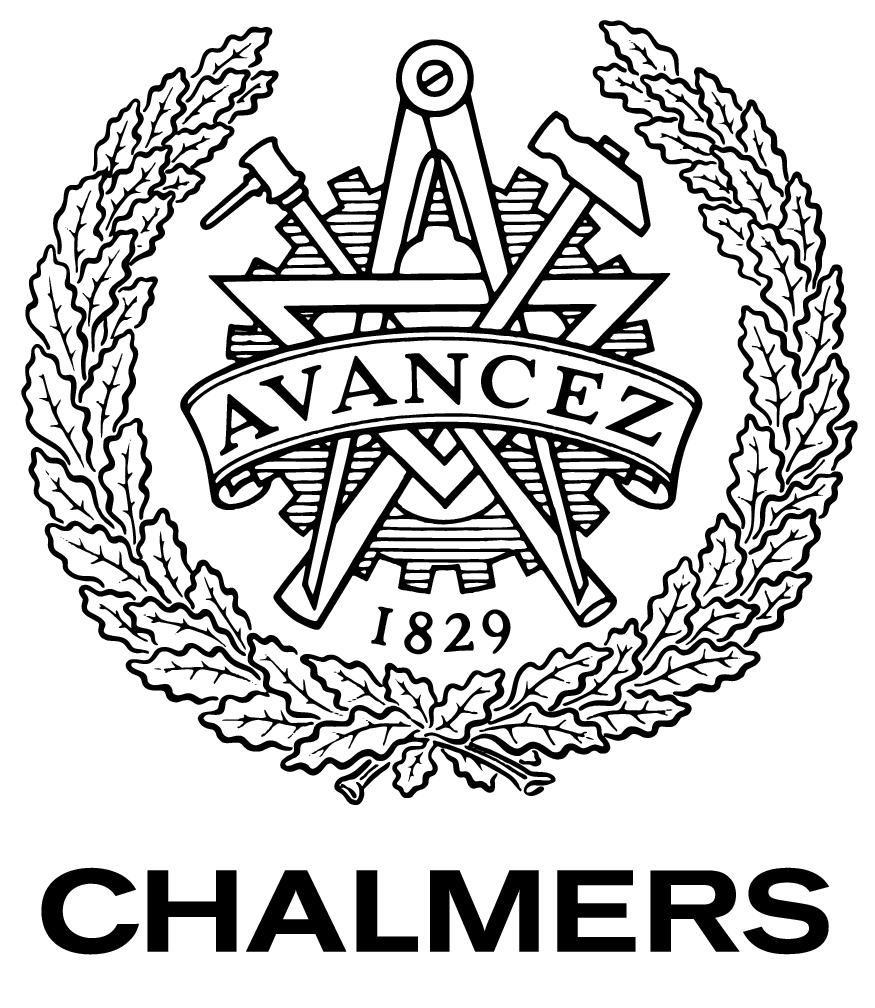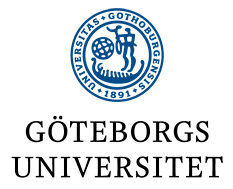



Abstract: In this talk I will report on joint work with W. Duke and A. Toth in which give an extension of the formula of Katok and Sarnak relating cycle integrals of Maass forms to coefficients of half integral weight forms.
Abstract: In this talk I will present some results about the asymptotic distribution of Hecke points on the moduli space of elliptic curves over a complete, non-archimedean and algebraically closed field. These points correspond to elliptic curves which admit an isogeny of a given degree to a fixed elliptic curve. Our techniques also apply to the study of the asymptotic distribution of CM points. This is joint work with R. Menares (PUCV, Chile) and J. Rivera-Letelier (U. of Rochester, USA).
Abstract: In this talk we discuss how a combination of results on Mordell-Weil lattices of fibrations of Jacobians of curves and results on defects of linear systems of plane curves with prescribed vanishing yields to new results on the fundamental group of the complement of a singular plane curves and on the number of torus structures of a singular plane curve. Conversely, we will show how some results in singularity theory yield interesting results on the geometry of elliptic threefolds.
Abstract: We investigate the problem of counting tropical genus g curves in g-dimensional tropical abelian varieties. We do this by studying maps from principally polarized tropical abelian varieties into a fixed abelian variety. For g = 2 and 3, we prove that the tropical count matches the known count in the complex setting. This is joint work with Lars Halle.
Abstract: We use a global version of Heath-Brown's p-adic determinant method developed by Salberger to give upper bounds for the number of rational points of height at most B on non-singular cubic curves defined over Q. The bounds are uniform in the sense that they only depend on the rank of the corresponding Jacobian.
Abstract: Holomorphic indefinite theta series are approximately the sum over the intersection of a lattice and a closed cone in the associated real quadratic space. It is necessary for convergence that this cone is non-negative. Polyhedral cones are cones which correspond to hyperbolic polyhedra in the projectivisation of the real quadratic space. They can be used to approximate all other cones, and on the other hand can be built up from tetrahedral cones. Zwegers's thesis contains the case of a 1-tetrahedron in the projectivisation of a quadratic space of signature (n,1). In summer, the case of positive, rectangular cones that are positive in signature (n,2) was treated. We establish convergence of indefinite theta series on any non-positive tetrahedral cone for general non-degenerate quadratic spaces and provide a modular completion for all of them. A connection to Kudla's approach via close differntial forms on orthogonal symmetric spaces is sketched.
Abstract: In joint work with Pankaj Vishe, we establish the Hasse principle for nonsingular quartic forms in 37 variables, where previous results due to Browning/Heath-Brown and Hanselmann required at least 40 variables. To obtain the improvement, we combine Heath-Brown's delta-symbol version of the circle method with a van der Corput differencing technique.
Abstract: In this talk I will tell how theta functions can be used while analysing which unimodular lattices are good for transmitting information via a wiretap channel (namely, a channel where there may be an eavesdropper present), and how this gives a reason to define the secrecy function as a ratio of suitable theta functions. In the second part of the talk, I will tell about the conjecture of Belfiore and Sole, which states that the secrecy functions have their maximal value in the set of pure imaginary numbers on the upper half plane is obtained at i. I will also explain how similar phenomena does not hold for all modular forms. Finally, I will briefly tell how the setting changes when we move from unimodular lattices to l-modular lattices.
Abstract: Let p(m,n) be the probability that the m-th power of an element in S_n is the identity and let p(m,0)=1. Then Chowla, Herstein and Scott gave a beautiful formula for the generating power series of all p(m,n) for fixed m. We give a new conceptual proof for this formula and some generalisations using Grothendieck's theory of lambda-rings.
Abstract: The Hardy-Littlewood Circle method is a very successful method for counting rational points on complete intersections when the dimension is sufficiently large in terms of the degree. I will show how these methods can be adopted to count linear spaces and highlight some of the challenges that arise in this more general setting, as well as propose ideas how these may be addressed.
Abstract: Hilbert's 16:th problem (part I) concerns possible topological configurations of nonsingular real algebraic curves (that is, how can a curve that is the zero set of some real polynomial look like?) in the plane (for some given degree). A natural generalization is to examine the same situation in space. Here the real algebraic curves can form knots, and so we need some form of real algebraic knot theory to understand the situation. During the talk I will discuss how to "translate" the classical smooth knot theory to a real algebraic setting (definitions, knot diagrams, invariants etc) and in particular describe some new phenomena which appear.